As a parent, you've probably noticed how much time your child spends staring at screens these days. Whether it's for school, entertainment, or staying connected with friends, kids are spending more time than ever looking at tablets, phones, computers, and TVs. With this increased screen time comes a growing concern about something called blue light and how it might be affecting your child's precious eyesight.
Let's break down everything you need to know about the blue light effect on eyes and what it means for your family.
What Exactly Is Blue Light?
Blue light is a type of high-energy visible light that exists all around us. Think of it as part of the rainbow of colors that make up regular light, but with a shorter wavelength that packs more energy. The sun is actually the biggest source of blue light we encounter every day, but our digital devices like laptops, smartphones, tablets, and LED screens also emit this type of light.
Here's what makes blue light different from other colors of light: our eyes aren't very good at filtering it out. While our eyes can block some harmful light naturally, blue light passes right through and reaches the retina at the back of the eye. This is where things get concerning, especially for children.
Why Children Are More Vulnerable
Your child's eyes are not the same as adult eyes when it comes to blue light protection. Children's eyes are still developing, and they lack the protective pigments that help filter out potentially harmful blue light. Think of it like this: adult eyes have built-in sunglasses that help protect against blue light, but children's eyes don't have this protection yet.
Additionally, kids tend to hold their devices much closer to their faces than adults do. This close proximity means the intensity of blue light reaching their eyes is much stronger. When you combine less natural protection with closer screen distance, children become much more vulnerable to the effects of blue light exposure.
The Real Effects of Blue Light on Your Child's Eyes
Digital Eye Strain Symptoms
Kids' eyes are experiencing what doctors call digital eye strain at alarming rates. You might notice your child complaining about:
- Tired, sore, or burning eyes
- Blurred vision, especially after screen time
- Dry, irritated eyes
- Frequent headaches
- Difficulty focusing on tasks
- Rubbing their eyes more often
These symptoms happen because blue light causes the eyes to work harder. The high-energy blue light flickers and scatters more than other types of light, creating a glare that reduces contrast and clarity. Your child's eyes are constantly trying to refocus and clear up this blurry vision, which leads to eye fatigue.
Sleep Disruption
Blue light has a huge impact on sleep patterns, which is crucial for growing children. When your child's eyes are exposed to blue light, especially in the evening, it affects special cells in the retina that communicate with the brain about when it's time to sleep.
These cells normally tell the brain to produce melatonin, the hormone that makes us feel drowsy. Blue light suppresses this melatonin production, essentially tricking the brain into thinking it's still daytime. This can lead to:
- Difficulty falling asleep
- Waking up frequently during the night
- Feeling tired and less alert the next day
- Disrupted natural sleep cycles
Understanding the Long-Term Concerns
While research is still ongoing, scientists are studying whether prolonged exposure to blue light from digital devices might cause lasting damage to the retina. Some studies even suggest that excessive blue light exposure over time could potentially lead to:
- Increased risk of developing dry eye disease
- Possible connection to the early onset of myopia (nearsightedness)
- Potential oxidative stress in eye tissues
- Changes in retinal cells that could affect vision quality
The concerning part is that the digital eye strain children are experiencing today might have cumulative effects that we won't fully understand for years to come.
Practical Protection Strategies for Parents
The 20-20-20 Rule
This simple rule can significantly reduce eye strain: every 20 minutes your child spends looking at a screen, have them look at something 20 feet away for 20 seconds. Set a timer to help them remember, and make it a fun game rather than a chore.
Smart Screen Time Management
- Establish screen-free zones in bedrooms
- Create a "screens off" rule at least 2 hours before bedtime
- Encourage outdoor play and activities that don't involve screens
- Use built-in parental controls to limit daily screen time
- Take regular breaks during homework or online learning sessions
Technology Solutions
Many devices now have built-in blue light filters. Look for "night mode" or "blue light filter" settings on your child's devices. While these settings give screens a slightly yellow tint, they significantly reduce blue light emission, especially during evening hours.
You can also consider:
- Screen protectors with blue light filtering
- Computer glasses designed for children
- Adjusting screen brightness to match the surrounding lighting
- Positioning screens at arm's length from your child's face
When to Seek Professional Help
Schedule an eye exam with a pediatric eye doctor if your child experiences:
- Persistent headaches, especially after screen time
- Frequent eye rubbing or complaints of tired eyes
- Difficulty focusing on schoolwork
- Noticeable changes in sleep patterns
- Squinting or holding devices very close to their face
Regular eye exams are needed even if your child isn't complaining about vision problems. Children often don't recognize or communicate vision issues, so professional screening can catch problems early.
Creating Healthy Habits
The goal isn't to eliminate technology from your child's life – that's unrealistic in today's world. Instead, focus on creating balanced habits that protect their developing eyes while still allowing them to benefit from digital learning and entertainment.
Encourage outdoor activities, reading physical books, and engaging in hobbies that don't require screens. Natural sunlight actually helps regulate circadian rhythms and supports healthy eye development, so outdoor time is doubly beneficial.
Conclusion
Blue light exposure is a real concern for children's developing eyes, but with proper awareness and protective measures, you can help safeguard your child's vision. The key is finding the right balance between necessary screen time and protecting those precious eyes.
Remember, your child's vision plays a crucial role in their overall development, learning, and quality of life. So, stay informed, stay proactive, and don't hesitate to consult with eye care professionals when you have concerns. Your child's eyes are worth the extra attention and care.
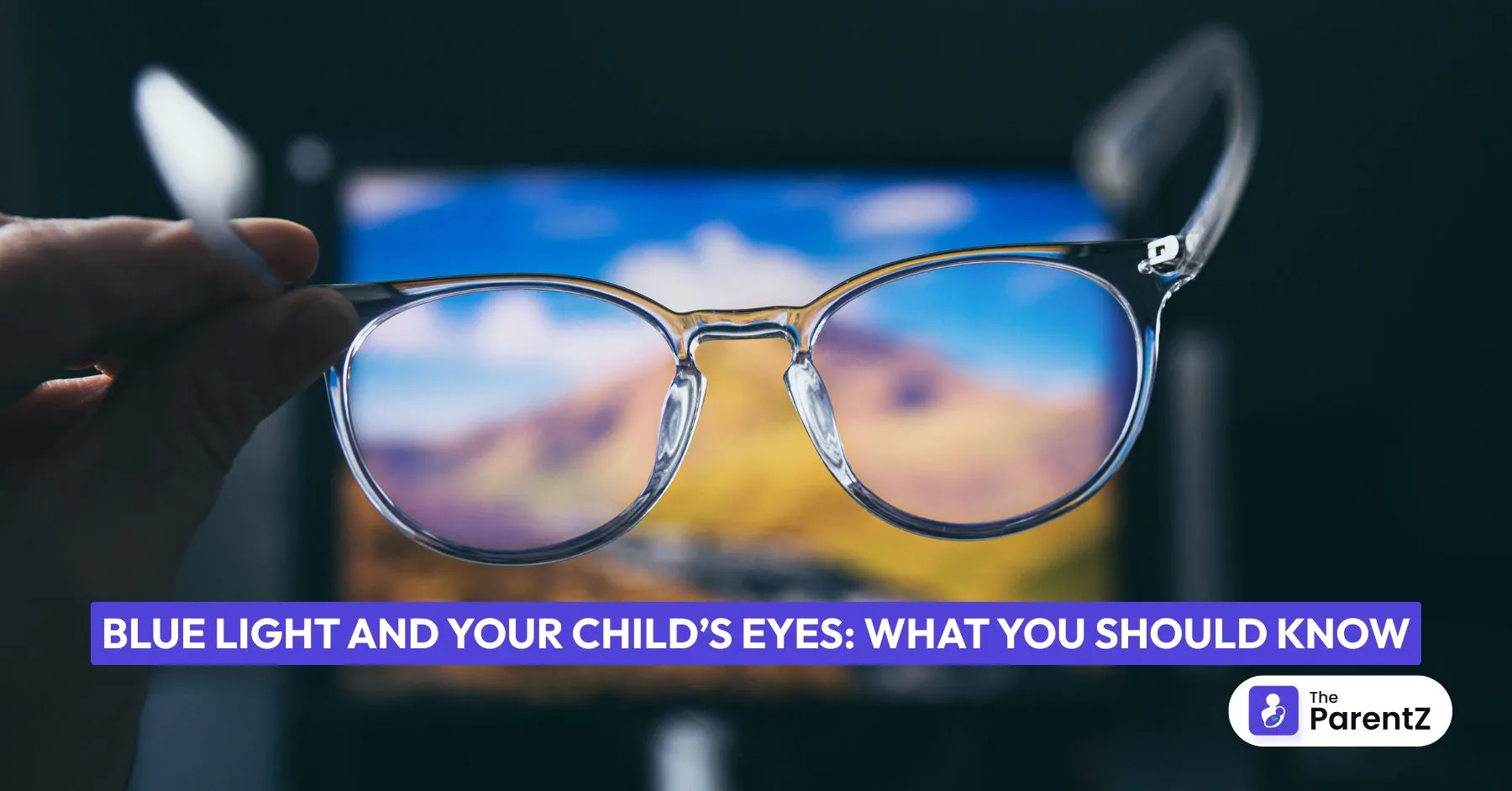


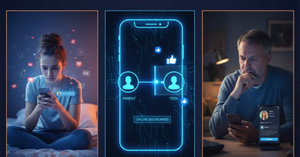
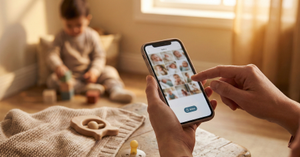
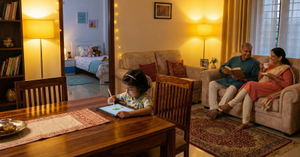
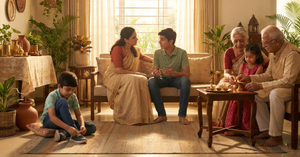
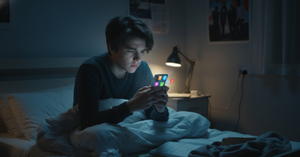

Be the first one to comment on this story.